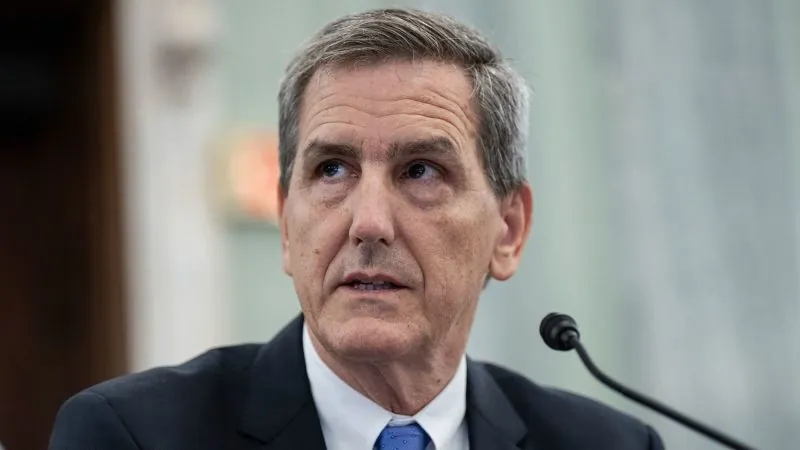
FAA Chief: Boeing Must Undergo Major Transformations for Enhanced Safety and Quality
2024-09-24
In a recent congressional hearing, the Administrator of the Federal Aviation Administration (FAA), Michael Whitaker, emphasized that Boeing must implement “significant changes” to bolster the quality and safety of its aircraft. This statement follows a troubling incident on January 5, when a door plug was ejected from a Boeing 737 Max operated by Alaska Airlines, raising serious concerns amongst regulators and the flying public.
During the hearing, Whitaker acknowledged progress made since the alarming event. However, he firmly stated that both the FAA and Boeing have much work ahead. “There must be a shift in the company’s safety culture to holistically address its systemic quality assurance and production issues,” he remarked. “Our overarching goal is to ensure that Boeing not only implements necessary modifications but also has the right tools to maintain these changes in the long term.”
Boeing remained tight-lipped regarding Whitaker’s comments. The preliminary investigation into the January incident revealed that the aircraft departed a Boeing facility missing four critical bolts needed to secure the door plug. This oversight has triggered multiple federal investigations and a series of congressional hearings focused on the integrity and safety of Boeing’s aircraft.
Further scrutiny from the FAA is anticipated, particularly regarding Boeing’s primary supplier, Spirit AeroSystems, which is currently in the process of being acquired by Boeing. Whitaker confirmed that the FAA has deployed additional safety inspectors to Boeing and Spirit AeroSystems facilities to ensure rigorous oversight moving forward.
"The journey to a culture of safety is long," Whitaker noted, explaining that overhauling Boeing's internal practices is not an overnight task. “It’s not a six-month program; it’s a three to five-year endeavor.” While he pointed out some short-term improvements, such as ceasing improper roving work on the factory floor that contributed to the ejection incident, current labor strikes and negotiations have stalled a crucial safety training initiative planned for employees.
Experts and insiders suggest that changing the safety culture at Boeing will require years of dedicated efforts where employees genuinely perceive safety as a priority over production quotas. "It is going to take years of consistent messaging about safety for change to embed itself within the corporate culture," Whitaker asserted.
Adding to the complexity, a recent report from Reuters highlighted fresh concerns at Spirit AeroSystems, where an internal audit found approximately 4% of records for precision-measured components were either missing or duplicated. Despite these findings, a spokesperson for Spirit assured that no immediate safety threats have been identified, and no aircraft are being grounded due to these discrepancies.
In response to these ongoing issues, the FAA is restructuring its internal teams to enhance its regulatory oversight. This includes an elevation of the FAA’s executive committee, which is responsible for managing regulatory and safety functions within the agency, with both Whitaker and the deputy administrator now holding seats on that committee.
As these developments unfold, the commitment to transforming Boeing's safety culture remains imperative, as both industry leaders and regulators brace for the long-term challenges ahead.





 Brasil (PT)
Brasil (PT)
 Canada (EN)
Canada (EN)
 Chile (ES)
Chile (ES)
 España (ES)
España (ES)
 France (FR)
France (FR)
 Hong Kong (EN)
Hong Kong (EN)
 Italia (IT)
Italia (IT)
 日本 (JA)
日本 (JA)
 Magyarország (HU)
Magyarország (HU)
 Norge (NO)
Norge (NO)
 Polska (PL)
Polska (PL)
 Schweiz (DE)
Schweiz (DE)
 Singapore (EN)
Singapore (EN)
 Sverige (SV)
Sverige (SV)
 Suomi (FI)
Suomi (FI)
 Türkiye (TR)
Türkiye (TR)